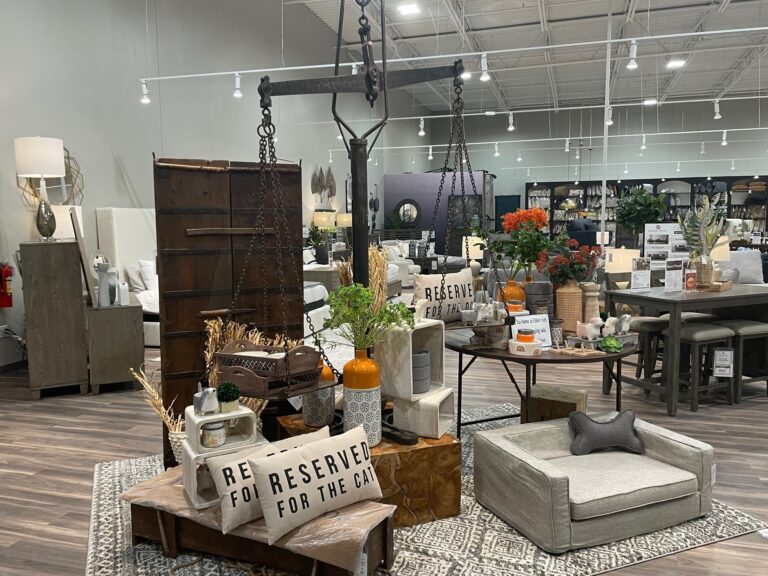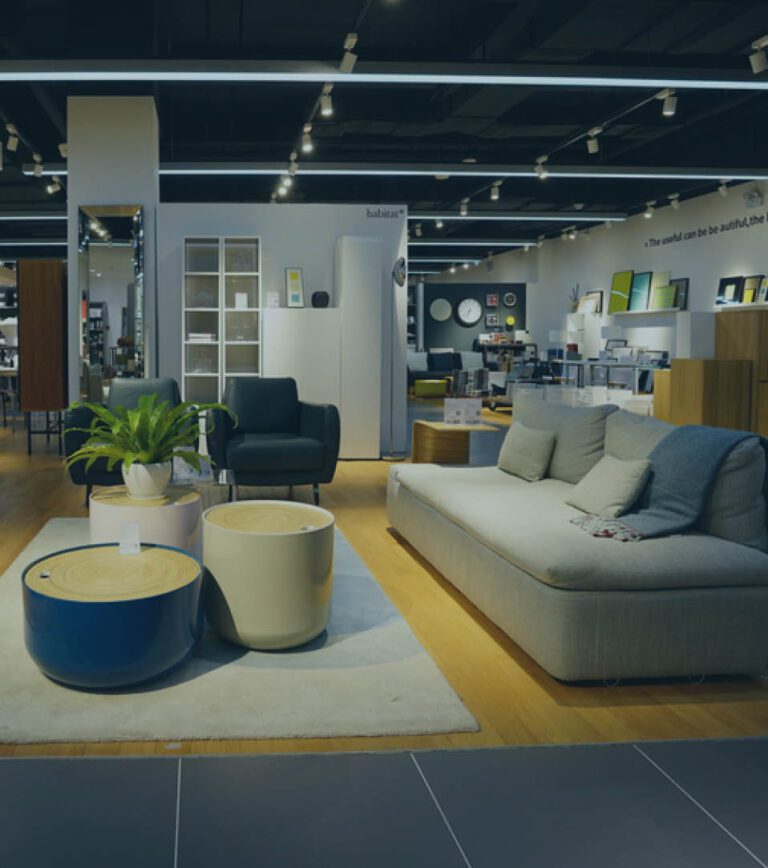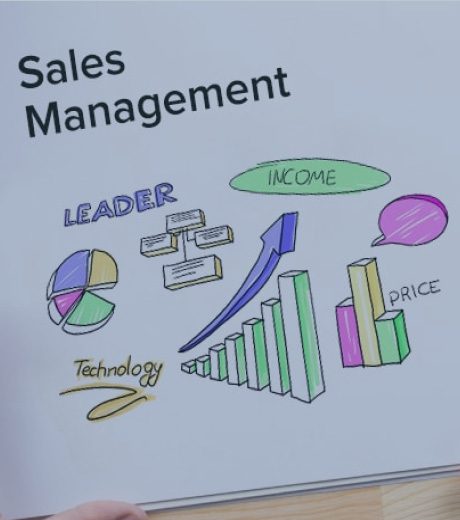Lifestyle Merchandising begs the question, “Who Lives Here”? It taps into your customers’ emotions, allowing them to fall in love with a vignette without knowing why. In this blog, we will dive into understanding the Psychology of Lifestyle Merchandising for furniture retailers, and by doing it right, you will tap into the emotions of your customers and ultimately increase sales.
As a concept, lifestyle merchandising is something familiar to furniture retailers. How many furniture retailers selling kids furniture have you visited that accessorized kids’ vignettes with bunk beds, toys, children’s books, and bright colors? Imagine that same vignette accessorized with a twin bed, subdued colors, stacks of history books, and drab artwork. Not many children would plead to have their parents purchase that room for them! That’s the magic of lifestyle merchandising. It allows you to create carefully curated vignettes that draw your customer in. So, how do we tap into the same emotions for every vignette in your store?
Before diving into the psychology of merchandising your store, you must look at your target market and each specific product category. Who are your customers? (Or, who are the customers you want to attract?). You must get to know them. Are they younger or more mature? Do they live a more upper-class or middle-class lifestyle? Do they lean towards more modern or traditional styles? What are their interests? What are their buying habits?
Generally, on the whole, most stores can be classified as low-end, middle, middle-high, or high-end, meaning those are the socio and economic demographics they are serving. Products also tend to be classified into one of these categories as well. Therefore, if you are a middle to high-end store, you are selling middle to high-end price points to middle to high-end customers. You can develop “good-better-best” merchandising strategies within those ranges, but for the most part, a middle to high-end store is not looking to carry $799 sofas, and your “good” price point will be considerably higher than that of a low-end store. Merchandising your store from a strictly demographic profile can be achieved solely from a logical point of view.
Where it gets tricky for many retailers is how do I attract and retain consumers with varying lifestyle needs. This is where merchandising becomes more of an art and science and considers your customers’ psychographics. A young family will have different needs than a retired couple or a single-person household.
If a particular vignette you are merchandising leans towards mid-century modern, for example, think about who could see themselves living in that vignette and speak to them. Generally, this consumer enjoys clean lines and minimal accessorizing, so every piece needs to appeal to that, right down to the smallest details.
In this example, mid-century modern, your overall merchandising mix for that lifestyle should also reflect your demographics. If your store tailors to several generations, providing more than one setting in that style makes sense. For each setting, imagine “who” is purchasing this room. A young family? Add some photos of young families enjoying themselves in photo frames. A retired couple? Add photos in clean, modern photo frames in another setting of a more mature couple enjoying themselves vacationing. Newly married couple? Add wedding photos, of course! You wouldn’t put a wine decanter on the coffee table for the young family, nor would you place family-friendly game props on the coffee table for the retirees. Consistency is key.
We can drill down further with our mid-century modern vignette example, too. Suppose you have a store catering to middle-high-end Millennial and Baby Boomer customers. In this example, we know they both favor modern style and will invest the same amount towards their purchase. What differentiates them is their buying habits and interests. Let’s say you put two different mid-century modern-styled sofas from a well-known and highly desirable middle-high-end special-order vendor on your sales floor, each with a 12-week lead time. Both sofas are in the same performance fabric but in different colors. Tear sheets and POP showing the benefits of the performance fabrics are displayed within the vignettes. One vignette is merchandised to appeal to the Baby Boomers, with the photos mentioned above and wine decanter, and the other with photos of a young family and family-friendly game props on the coffee table. However, you notice that the Millennial consumer is leaving the store without making the purchase. What went wrong?
What was neglected in this scenario was the Millennials’ buying habits and interests. Millennials typically do not want to wait 12 weeks for their furniture. Millennials also embrace technology and might have been better served by a digital experience in which to learn about the benefits of the performance fabric. To address the needs of the Millennial consumer looking for a mid-century modern sofa, a sofa of similar quality and price with a shorter lead time and an environment that caters to their love of technology might have had more appeal.
Taking the time to learn about your customers’ demographics, psychographics, and design style preferences is the first step in creating a lifestyle merchandising strategy for your furniture store that offers an aspirational experience for your customers. Not only enticing them to imagine themselves living with your products in their home but to be able to slow down while shopping and fully immerse. Additionally, you will want to ensure you have the right merchandise mix, optimal store layout, and branding to round out your customers’ experience.














